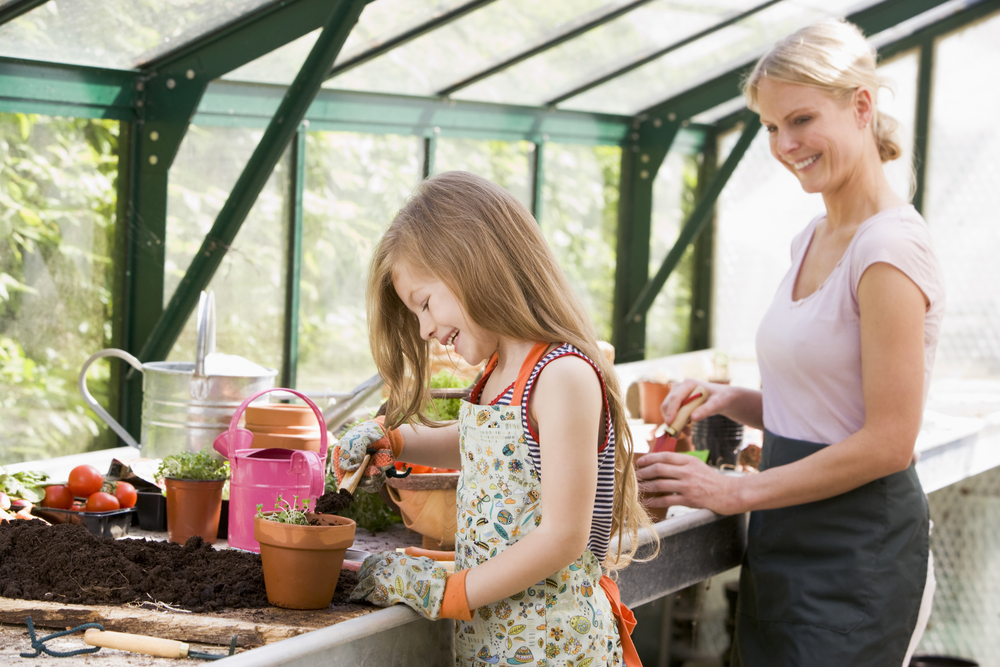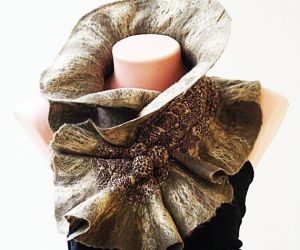Are you ready for Spring? I am – and I’m starting to think about what I’d like to do in the way of gardening this year. Here is an interesting article on building your own hot house by guest author Grace Bailey.
Hot House vs Greenhouse
Having a hot house can be an essential part of the household if you have a large backyard. And in case you’re not familiar with all the advantages a hot house provides, one benefit is that you will be able to serve fresh, home-grown vegetables on your table throughout the year. It needs to be noted that a lot of people don’t see a difference between a hot house and a greenhouse. However, there is one: the hot house (as its name suggests) is heated in order to provide the appropriate temperature for the plants, so that they could grow more effectively. Building your own hot house is not that difficult, you just need to be familiar with all the steps of doing so. Here are some tips you may find useful!
Start Small
Start your project by first building a relatively small hot house, just to see how things develop and decide whether you have a green thumb. A small hot house will need one plastic tube, about sixty to seventy centimeters in size. Give the tube a thorough cleaning and line its bottom with plenty of small rocks. Fill pots with organic soil, and add seeds. Sprinkle some soil on top of the seeds as well as a little bit of water. Place the pots on top of the pebbles in the tube, and put the tube in a sunny spot and cover it with plastic wrapping. The soil has to be maintained wet but not over-watered. Once the plants reach the height of five centimeters, remove the plastic wrapping. When all plants are finally ready to be transplanted, a nice location for the hothouse needs to be picked.
Sunlight and Flooring
The particular place you will choose needs to be exposed to direct sunlight at least five to seven hours a day. Also, be sure that it will have a relatively easy water access. When the time for building is right, there are two options for you – you can either go DIY and build everything from scratch, or you can buy a hot house kit that contains everything you will need for the project. A manual can be found either online or in a how-to book. Choose the flooring of your hothouse. It can be dirt, concrete or gravel. Gravel isn’t that warm, but on the other hand it allows for good drainage whereas concrete and bricks hold heat but also retain moisture that can cause mold.
Temperature
Choose the heating method you will be using. If you will be depending solely on solar heating be sure there will be a way of venting the air when it becomes too hot. In order to have fresh air, allow proper ventilation. On those very hot days, you will need a shade cloth in order to keep the temperature down. The temperature which allows optimum growth is in the range of 25 to 27 degrees Celsius. When you are placing the indoor heating device, be careful not to put it too close to the hot house plastic. In case the hot house is indoors, a bright southern window might be enough to grant the heating requirement. And if the hot house is relatively small, your heating source can be outside of it. Water the plants accordingly. While some may need water daily, others might require less moisture. It’s the same with fertilizing. Check your plants’ development each day. This will help you notice any damages that have started developing on your plants and nip them in the bud.
Guest author Grace is a passionate writer who enjoys sharing tips and tricks on gardening, home organizing and family fun. Read her latest suggestions of how to arrange your living space after moving.
Text and image Copyright 2013 Grace Bailey, used by permission.







